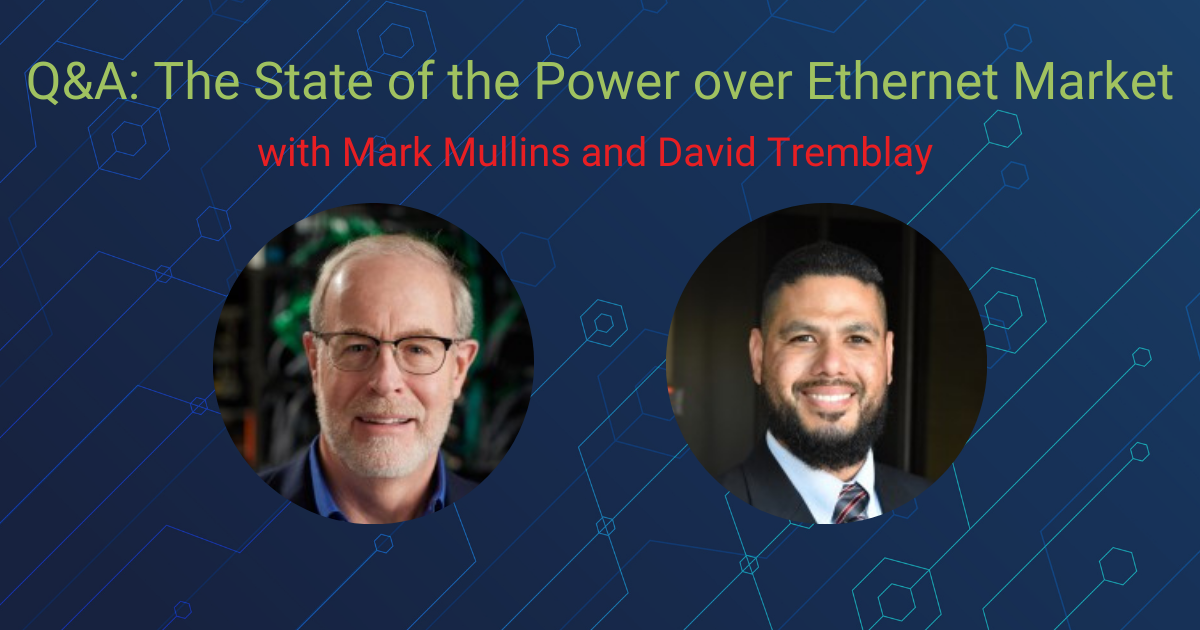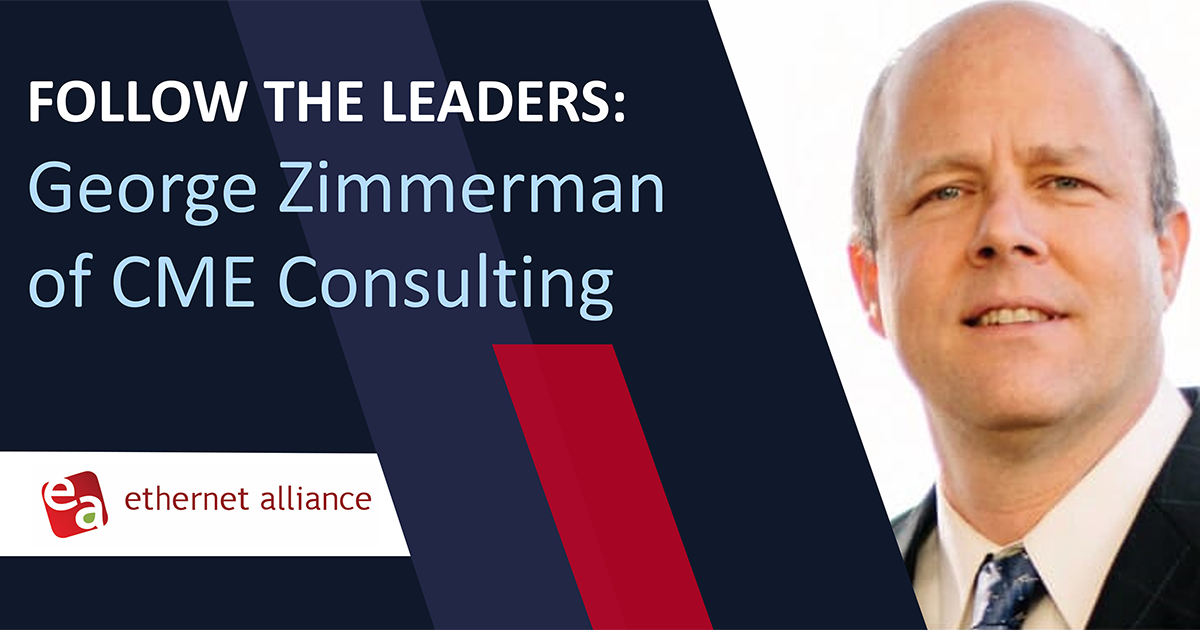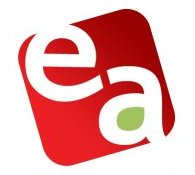TEF 2014: The Rate Debate
The recent request to do a “Call-for-Interest” in the IEEE 802.3 Ethernet Working Group at the upcoming IEEE 802 July Plenary to address 25 Gigabit Ethernet is an interesting development in the on-going saga of Ethernet. Its success can be attributed to a number of factors. “Good enough. Cheap. It works.” These are words and phrases typically employed to describe the success of the Ethernet recipe.
Personally, I have always noted that I feel Ethernet’s success has been its ability to evolve to meet the needs of the market. That evolution, however, has been fueled by the broad deployment Ethernet enjoys, where individuals have noted the needs of their particular application spaces. The legacy of the IEEE P802.3ba 40GbE and 100GbE project may not be that it forever altered Ethernet’s 10x incremental improvement legacy. Instead, it is the recognition by the market that this legacy is no longer optimal to support the breadth of the application space that Ethernet now services, each with their own unique cost structures and timing requirements. Consider, for example, that the IEEE 802.3 Ethernet Bandwidth ad hoc forecasted that bandwidth growth is expected on average to experience a 58% compound annual growth rate (CAGR), but for the applications studied, the actual range was from 32% to 95% CAGR.[i]
The justification for the 25GbE CFI is to form a study group to explore providing a single lane 25 Gigabit Ethernet (25GbE) specification for server interconnects to support server-ToR implementations based on the new 25GbE interface. This justification is based on the development of the underlying 4x25Gb/s architecture that supports 100GbE. Those familiar with the development of 40GbE may recall that 40GbE was identified as the next server rate back in 2007 by the then IEEE 802.3 Higher Speed Study Group. While 40GbE has found much market success in data center networking, the 2007 forecast that the market would be shipping 40GbE based servers in volume by 2014 was optimistic, which is leading to speculation of the validity of the entire conceived rate scheme from the 40GbE / 100GbE project. It should be pointed out that such debate now has the benefit of hindsight of what happened, as opposed to the situation at the time of the Higher Speed Study Group, which was required to make the best decisions it could, based on the information it had at the time.
Debating the decisions of the past can be somewhat amusing. Looking to the future is another matter entirely. If 25GbE can be justified, based on the 4 x 25 Gb/s architecture of 100GbE, then can 50GbE be justified if an 8 x 50Gb/s architecture is selected for 400GbE? If that happens, then the following rate progression for Ethernet occurs after 10GbE: 10GbE, 25GbE, 40GbE, 50GbE, 100GbE. And 40GbE and 50GbE are fairly close in rates – should both be introduced? If so, can the industry develop technology that can be used to support both? It needs to be remembered that the industry has finite resources, and will be taxed to support a multitude of projects and new technologies.
Rate debates like this resonate throughout the entire eco-system…..
In my conversations with individuals, I hear people talking to the need for an industry roadmap. The Ethernet Alliance tackled this topic in the past – see http://ethernetalliance.org/subcommittees/roadmap-subcommittee/. Given the rate of change that the industry has been experiencing in the past 12 months, it is time to take a fresh look at the Ethernet Roadmap. To that end, the Ethernet Alliance will be hosting a Technology Exploration Forum on October 16, 2014 at the Santa Clara Convention Center. It will focus on the value of introducing new rates of Ethernet into the campus and data center application spaces for computing and networking. This forum will bring together experts and key players in the Ethernet industry to discuss and explore the “Rate Debate.” In addition to its own broad membership, which includes component vendors, system vendors, and end users, this event is open to non-Ethernet Alliance members. Together, these two constituencies will provide a diverse set of backgrounds, ensuring lively discussion and debate.
I look forward to seeing you there. For more information on the Ethernet Alliance TEF2014: The Rate Debate, please see http://ethernetalliance.org/events/technology-exploration-forums/.
[i] [i] IEEE 802.3 Ethernet Bandwidth Assessment Ad Hoc, http://www.ieee802.org/3/ad_hoc/bwa/BWA_Report.pdf, July, 2012.




